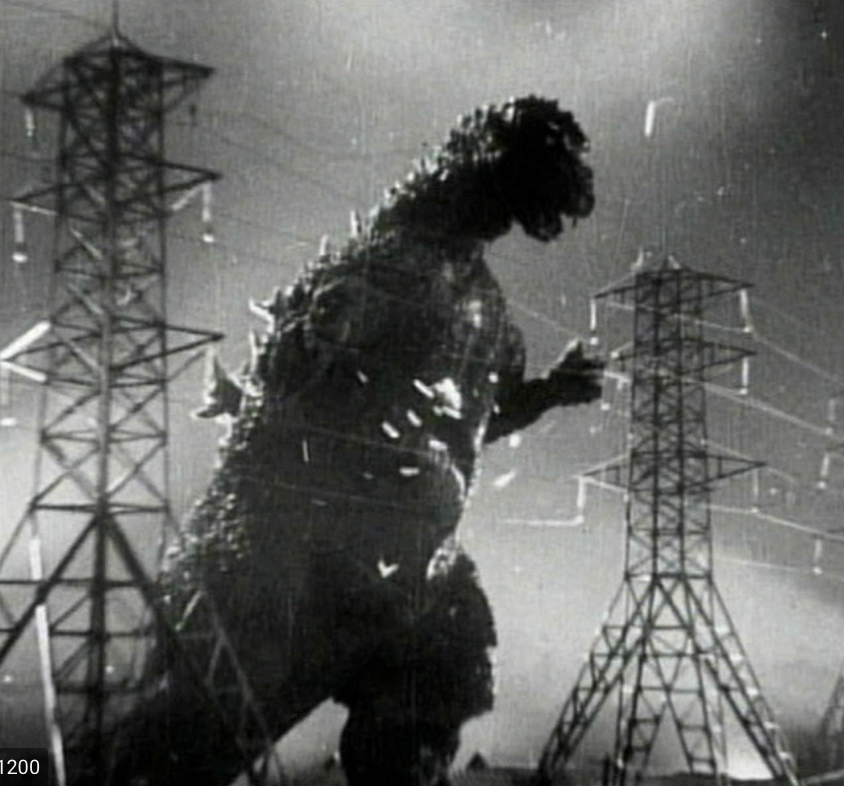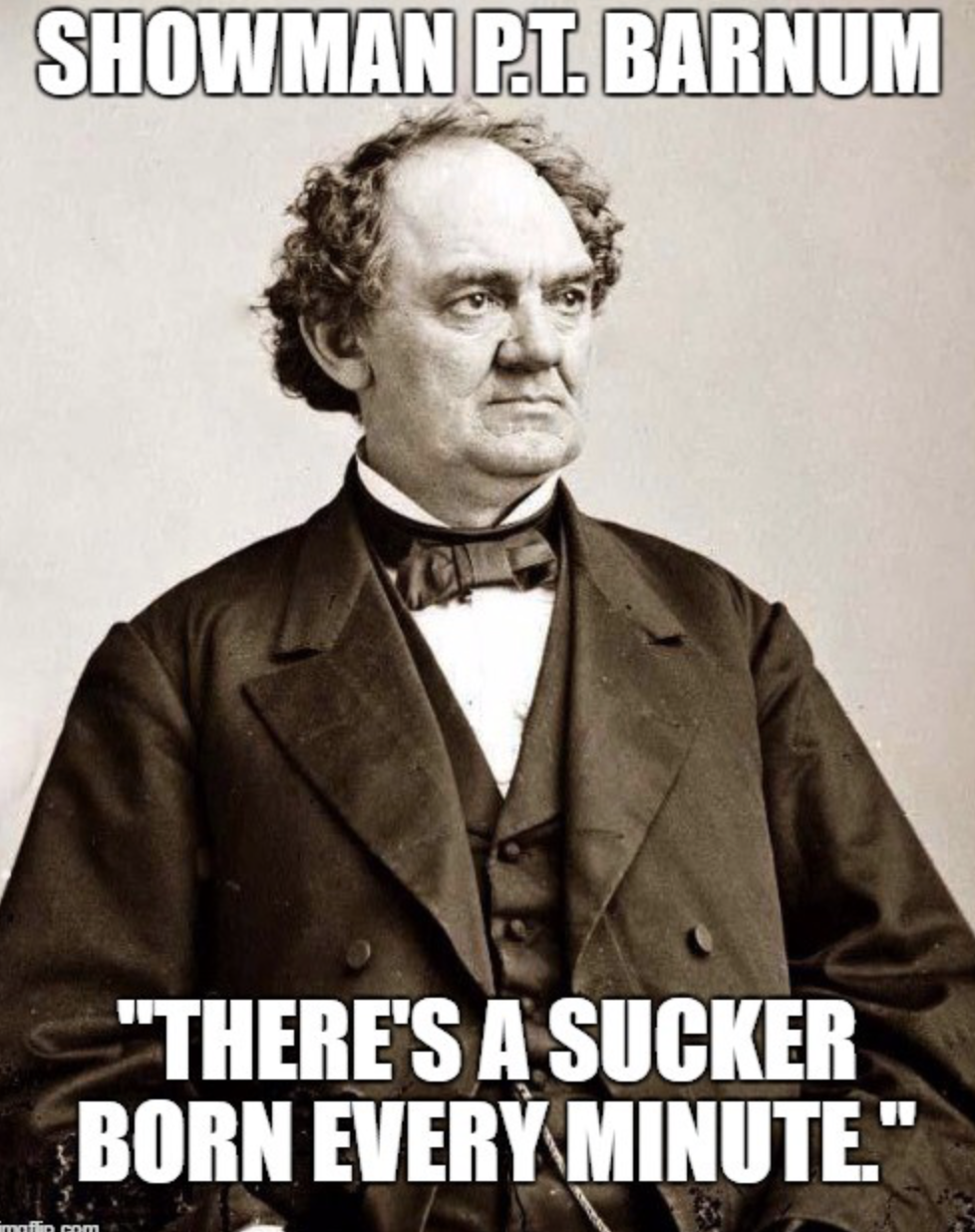FirstEnergy's soon to be president and CEO is Chatty Chuck Jones, the famous deal-maker who is completely out of touch with the real world the rest of us inhabit. Someday, someone's going to spit in his mashed potatoes.
A couple months ago, Chatty Chuck denied FirstEnergy had done anything wrong in the scandal, however I think some indictment documents said that the FirstEnergy CEO was chauffeured to the scene of some evil deed or other so that he could see it for himself. I guess that was sort of like sitting in the outdoor seats at a Browns game even though you had a perfectly good VIP Suite from which to watch the game. Oooh! A daring risk-taker!
If FirstEnergy did nothing wrong, how is it that Chatty Chuck and friends did something wrong?
The company said the three executives were fired after an internal review committee determined they “violated certain FirstEnergy policies and its code of conduct.” The company didn’t offer additional details in its press release, and a company spokeswoman declined to elaborate.
Don't cry for Chatty Chuck though... he's made a bundle.
Documents filed earlier this month involving a shareholder’s lawsuit in U.S. District Court in Akron show that Jones and other top executives at FirstEnergy sold off millions of dollars of company stock from March 1, 2017, to March 1, 2020.
The records allege that Jones “sold or otherwise disposed of over 788,000 shares” of FirstEnergy stock for $31 million during that time.
Senior Vice President of Product Development, Marketing, and Branding Dennis Chack, and Senior Vice President of External Affairs Mike Dowling
All utilities thrive on corruption in one form or the other. It's all about regulatory capture. Although regulation is part of the bargain utilities strike in order to maintain their monopolies, there's also a driving need to make money. These two things cannot co-exist.
So, what's next for Chatty Chuck? Maybe he can wait tables and collect some cash for keeping his mouth shut about diner conversations. Or maybe he can sweep up at FirstEnergy stadium to keep busy? Or maybe he'll just retire. I'm kind of wondering how close the trio of terror were to retirement anyhow? Not a spring chicken among them.
And can we sing this old favorite once again?




 RSS Feed
RSS Feed